What is Sencha Green Tea? Sencha green tea is a special drink from Japan. It’s not just any tea; it’s like a magic potion that makes you feel good and healthy. This tea gets some sun, then it’s steamed right after picking. This keeps all the good stuff in the tea, like vitamins and things that make you strong.
A Brief History and Variety
A long time ago, in the 1700s, Sencha tea started to become popular in Japan. It was a new way to enjoy tea without all the fancy rules. Now, it’s the most loved tea in Japan and has lots of different tastes, from earthy to sweet.
Health and Wellness Benefits

- Brain Power: Sencha has stuff in it that helps your brain work better. You can focus more and feel happy without feeling too buzzy.
- Heart Helper: Drinking this tea might keep your heart happy and healthy.
- Stay Fit: It has a secret ingredient that could help you stay in shape.
- Fight Germs: Packed with vitamin C, it’s like a shield against colds.
- Skin Glow: Want skin that looks young and fresh? Sencha might be your answer.
- Happy Tummy: It’s good for your belly and keeps things moving smoothly.
- Smile Bright: This tea can keep your teeth strong and your breath fresh.
- Energized: Feel awake and alert without the jitters.
Different Kinds of Sencha Green Tea
Sencha green tea is can taste different based on where it’s from, when it’s picked, and how it’s made.
where you find your snow and how you pack it can make your snowman look and feel different!
Types of Sencha Tea:
- Futsu Mushi Sencha: This is the most common type. It’s like the classic snowman – everyone knows and loves it! It’s made without any shade and comes from a plant called Yabukita. It has a perfect mix of sweet and a little bit of bitter taste.
- Fukamushi-Cha (Deep-Steamed): Imagine if you packed your snowman really, really tight, so it’s super solid. That’s like fukamushi-cha. It’s steamed longer than usual, so it has a deeper green color and a richer taste. This tea is smooth and has less of the bitter taste.
- Kabuse-Cha (Shade-Grown): This tea is like making a snowman under a tree where it’s a bit shady. The leaves are grown in the shade before they’re picked. This makes the tea taste a bit sweeter and more refreshing.
- Gyokuro: This one is like making a snowman from the very best snow in the shadiest part of your yard. It’s the fanciest kind of Sencha tea because the leaves are kept in the shade for a long time.
How Sencha Tea is Made:
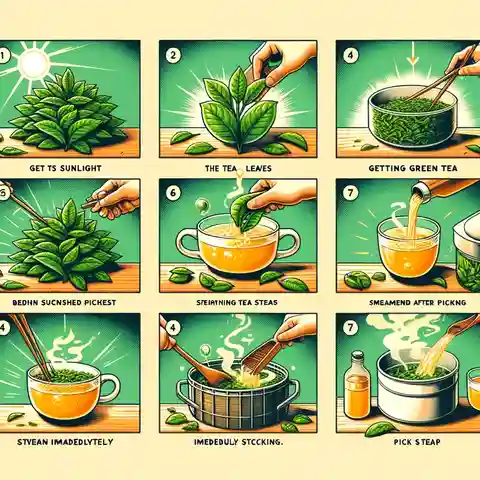
Making Sencha tea is like an art. Here’s how it’s done:
- Growing: Just like picking where to build your snowman, the place where the tea grows is super important. The tea plants need the right amount of sunlight and rain.
- Harvesting: This is when the tea leaves are picked. Imagine gathering the snow for your snowman; you want to pick the best snow, right?
- Processing: After picking, the leaves are steamed. This is like packing your snowman so it holds together. Steaming stops the leaves from turning brown and keeps them green and fresh.
- Drying and Rolling: Next, the leaves are dried and shaped. It’s a bit like shaping your snowman and adding the final touches so it looks just right.
- Steaming Time: The length of steaming can change how the tea tastes. Lightly steamed tea (asamushi) is lighter in flavor, while deeply steamed tea (fukamushi) is richer.
Each type of Sencha tea brings its own special taste to your cup, just like how every snowman has its own personality. Whether you like your tea sweet and smooth or with a little bit of a bite, there’s a Sencha tea that’s just right for you!
What are the 4 principles of the Japanese sencha tea ceremony?
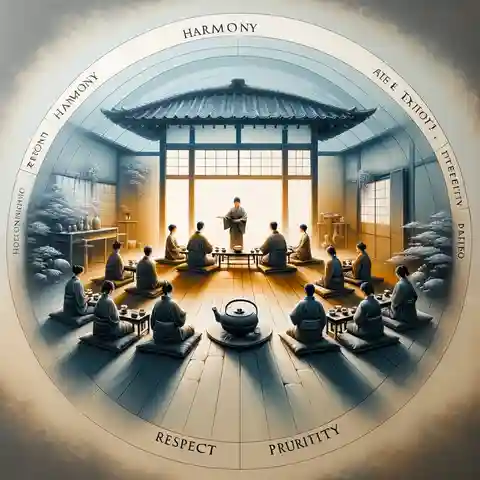
The Japanese Sencha tea ceremony is a beautiful tradition that focuses on enjoying Sencha tea. It’s simpler than the Matcha tea ceremony and has four main ideas to make the tea time special.
- Harmony: Imagine everyone getting along, the tea tasting great, and the whole room feeling cozy. It’s like when everyone in class works together and everything just feels nice.
- Respect: This means saying “please” and “thank you,” and being kind to everyone at the tea ceremony. It’s like when you take care of your toys and are polite to your friends.
- Purity: This is about keeping the tea area clean and your thoughts happy.
- Tranquility: This is a fancy word for feeling peaceful and calm. It’s like when you sit quietly and feel super relaxed, maybe after reading a good book or drawing a picture you’re proud of.
The Sencha tea ceremony a time where people can enjoy tea, feel good together, and appreciate the quiet moments.
It’s not just about drinking tea; it’s about making special memories with friends and family.
Japanese sencha tea Side Effects
Japanese Sencha tea is a popular type of green tea enjoyed by many people around the world. It’s known for its refreshing taste and health benefits. However, like anything you eat or drink, it’s good to know if there are any side effects.
What You Need to Know About Sencha Tea:
- Caffeine Content:
Sencha tea has caffeine. If you drink a lot of it, especially before bedtime, it might make it hard to sleep. It’s like when you feel super awake after having a soda.
- Stomach Issues:
If you have a sensitive stomach, drinking a lot of Sencha tea on an empty stomach might make it feel upset. It’s kind of like when you eat too much candy and your tummy hurts.
- Iron Absorption:
Sencha tea has something called tannins. Tannins can make it harder for your body to take in iron from foods. It’s like when you’re trying to listen to music and someone else is talking loud; it’s harder to hear the music.
- Allergic Reactions:
It’s rare, but some people might be allergic to Sencha tea. If you drink it and feel weird, like getting itchy or having trouble breathing, it’s important to stop drinking it and talk to a grown-up or doctor.
What to Do:
- Try a Little First: If you’ve never had Sencha tea, start with a small amount to see how you feel.
- Listen to Your Body: If your stomach feels upset or you feel too awake, you might want to drink less.
- Talk to a Doctor: If you have health concerns, like problems with iron, ask a doctor if it’s okay for you to drink Sencha tea.
Remember, enjoying Sencha tea in moderation is key. It’s like anything yummy or fun; enjoying it without overdoing it is the best way to go!
Sencha Green Tea Vs Green Tea
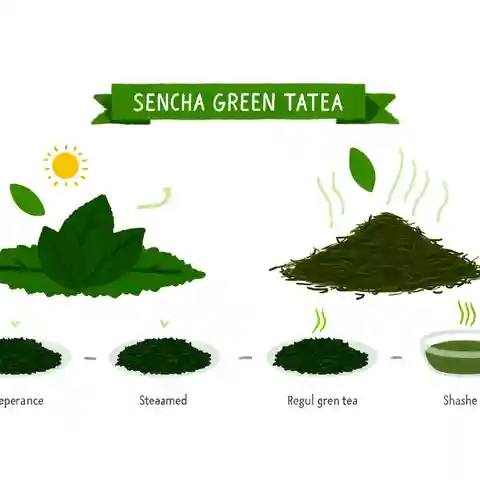
When we talk about Sencha green tea and regular green tea, it’s like comparing two different types of apples. Both are apples, but they taste a bit different and grow in different places. Here’s what makes Sencha green tea and other green teas unique.
Sencha Green Tea:
- From Japan: Sencha is a type of green tea that comes from Japan. It’s like the famous toy everyone wants because it’s special.
- Sunshine Love: Unlike some other teas, Sencha leaves get lots of sunshine before they’re picked. This makes them taste fresh and a little bit sweet.
- Steamed: Right after picking, Sencha leaves are steamed. This keeps their color green and makes their flavor smooth, not too bitter.
- Taste: Sencha tastes refreshing and can remind you of the smell of fresh-cut grass or a cool breeze in spring.
Other Green Teas:
- From Many Places: Other green teas can come from different countries, like China or India. Each place makes their green tea a little bit different.
- Shade or Sun: Some green teas grow in the shade, like Matcha, making them taste deep and rich.
- Different Preps: Not all green teas are steamed. Some are pan-fried, which can make them taste nutty or roasted.
- Taste Variety: These green teas can taste from a little bitter and strong to sweet and light, depending on how they’re made.
What’s the Same?
Both Sencha green tea and other green teas are packed with good stuff for your body, like antioxidants. Antioxidants are like bodyguards that protect your cells from getting damaged. Drinking green tea can help you feel good, stay awake, and even keep your teeth clean.
What’s Different?
- Flavor: Sencha has a unique, refreshing taste, while other green teas can vary a lot in flavor.
- Preparation: Sencha is usually steamed, giving it a distinct taste and color. Other green teas might be pan-fried or sun-dried, leading to different tastes and looks.
So, Which One Should You Choose?
It depends on what you like! If you enjoy a fresh and light taste, you might love Sencha. If you’re curious about different flavors and styles, trying other green teas can be exciting. It’s like choosing between ice cream flavors – all are good, but you might have a favorite.
Remember, whether it’s Sencha or another type of green tea, enjoying a cup can be a cozy and healthy part of your day.
Adding Sencha green tea to your day is more than just drinking tea. With its rich story, yummy flavors, and health perks, Sencha tea is perfect for anyone who wants to feel a bit more awesome every day!
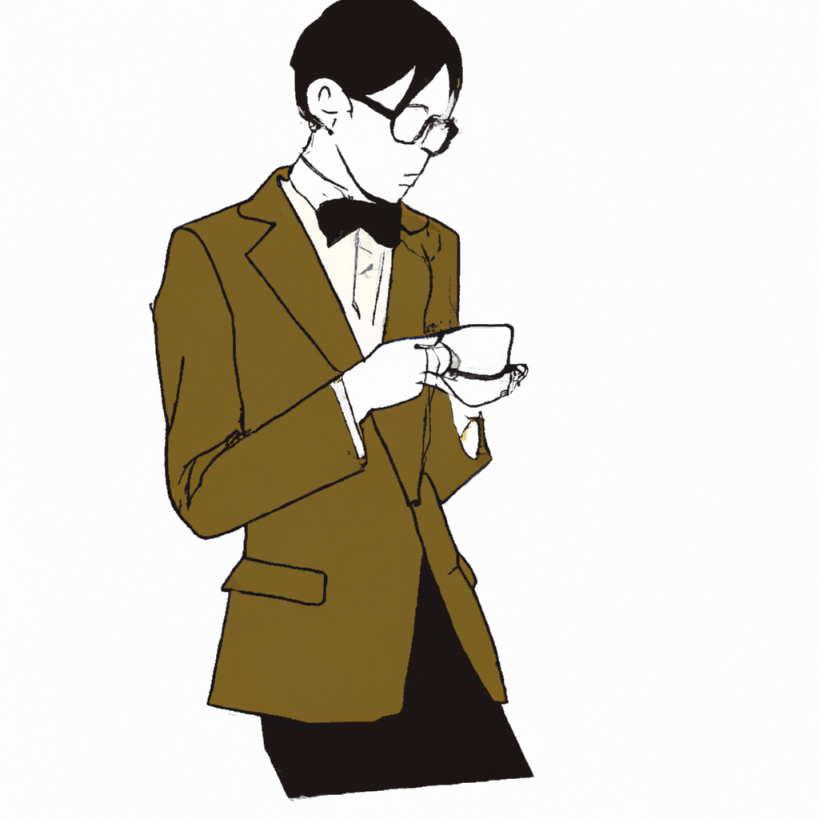
A renowned expert on tea parties, holds a deep understanding of the South Florida tea party scene and has extensive knowledge about tea parties across the globe.
With a rich background spanning several years, they have immersed themselves in the traditions, nuances, and cultural aspects of tea gatherings worldwide.
writings reflect a blend of firsthand experience and scholarly research, offering readers an authentic and comprehensive perspective on the world of tea parties.






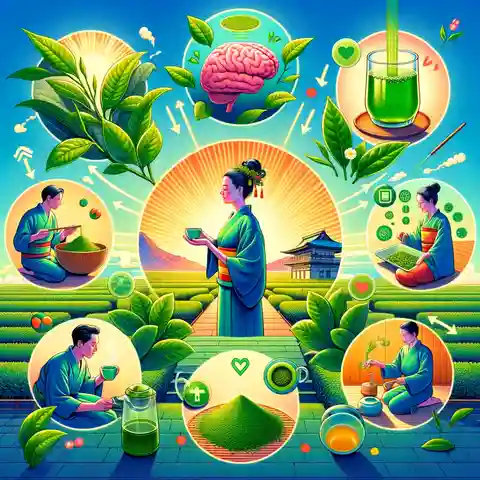
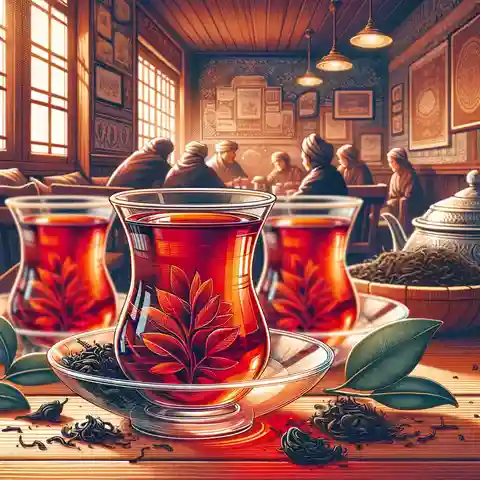
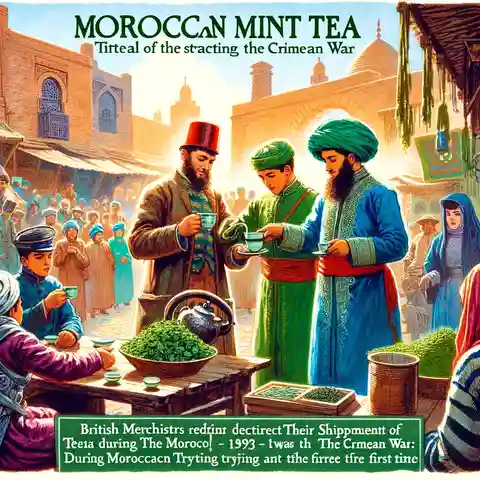
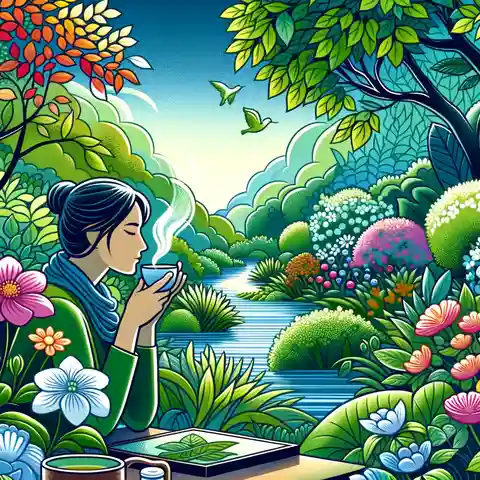
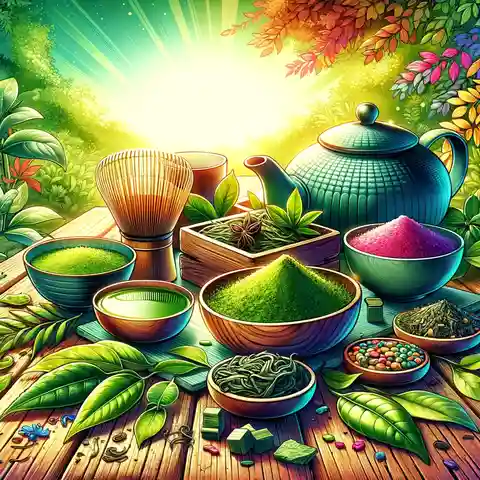
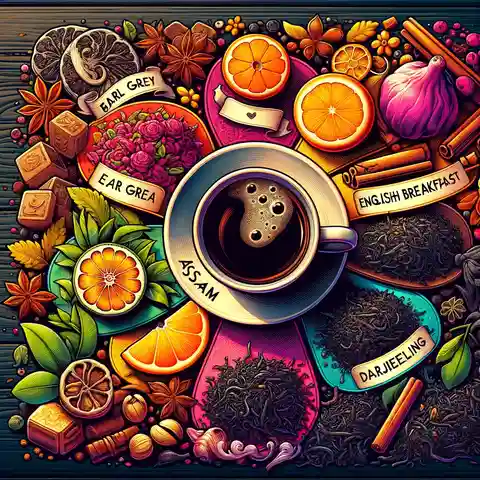
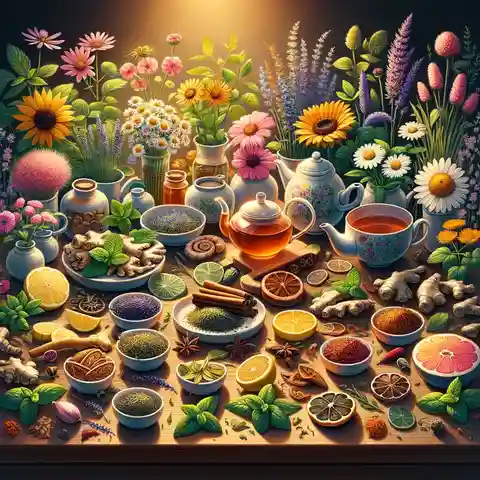
Add Comment